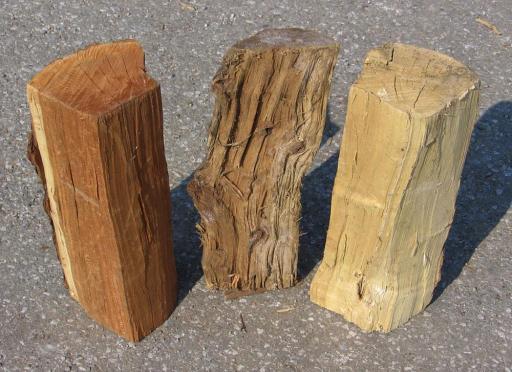|
Friday, October 25 2013
When it comes to Chimney cleaning, people generally appreciate professional chimney sweeps in Chicago. Professional chimney sweeps is performed without any trouble with specialized tools and doesn’t take much time. But, this is not all. Hiring professionals once or twice a year is not enough. As homeowners, one must know essentials of chimney cleaning. Given below is information on how to keep fireplace clean and when to clean. 1) It’s advisable that a chimney which is used four times should be cleaned at least once in a year. 2) The best time to request chimney cleaning tasks such cleaning fireplace brick, smoke, soot, ashes repair and maintenance is during summer months. Or else request for chimney sweeping during spring season as this will not allow dirt to settle and prevent staining during summer. Many homeowners neglect chimney cleaning for years which can cause fire hazard. 3) Your chimney cleaning service providers should be certified by Chimney Sweep Institute of America. CSIA has set standards across the industry with respect to chimney cleaning methods, repair and restoration. 4) While searching right service provider, get reference from your neighbors, friends and family. Homeowners can request for a direct feedback from the clients of prospective company. If the service provider refuses to provide any reference then switch to some other company 5) 5) Chimney cleaning is essential for any home, therefore never take a chance or neglect chimney cleaning. Moreover, never take a chance with company you aren’t confident about. If you want information related to chimney sweeps in Chicago, then contact Chicago Chimney & Fireplace Co. at 708-358-0505. Wednesday, October 23 2013
Finding the Best Firewood for your Heating Needs
When it comes to using your fireplace. It is easy to become eager to start using it and burn whatever wood you can find lying around in the backyard. However, using the right fireplace fuel source is very important. The right type of fireplace wood allows you to create long lasting fires that will heat your home all winter long. All fireplace wood is not created equal. The two largest categories of firewood are seasoned or unseasoned. This commonly refers to both the age and moisture level of the wood. Unseasoned wood could be thought of as coming right off the branch and into your home. This type of wood will burn, but there is an issue that will affect the quality of your fireplace experience. This type of wood has a lot of internal moisture. This can come from the sap and water that is still present within the wood. Using this type of wood will usually create a shorter burning and lower temperature fire. Seasoned wood is wood that has been cut, and stacked with an emphasis on air flow. This allows the wood to become completely dried. Ideally, wood should have a gray look, and be almost bone white on the inside. This means that the wood is completely dry and will burn very effectively. It is important to note that this drying process is not quick. Wood should be dried for at least one year. Because of that, when buying firewood, you should be looking to buy a year ahead of time. If you are buying wood from this year's cut to burn this season, then you will be burning unseasoned, wet wood. In addition to the age and dryness of the wood, the tree type from where the wood originates is important. Dry woods and hard woods both have their merits when it comes to heat, fire longevity, and fragrance. To give you an idea of wood burning temperature, here is a table from the Consumer Energy Center outlining the BTU output of different types of wood. Check out the list and see what would be the best for your fireplace needs. Then, check out the different fireplace repair and upgrade options offered at Chicago Fireplace & Chimney!
| ||||||||||||||||||||||||||||||||||||||||||||||||||||||||||||||||||||||||||||||||||||||||||||||||||||||||||||||||||||||||||||||||||||||||||||||||||||||||||||||||||||||||
www.ChicagoChimney.com








